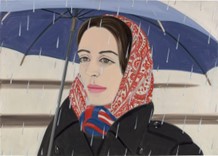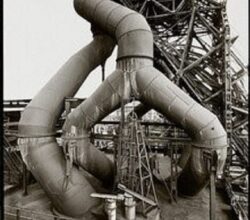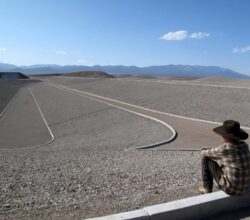
Alex Katz’s Massive Guggenheim Retrospective Is the Season’s Biggest Disappointment
Alex Greenberger | ARTnews | 2nd November 2022
Some critics have misgivings about Katz. Reviewing his 1986 retrospective, one disapproved of the “prettiness” of his art and claimed that he lacked a sense of the “weight, pathos and energy of the human body”. Decades on, Katz hasn’t shaken off the doubters. Granted, the deadpan, Pop-inspired aesthetic he brought to his early portraits was innovative. Further, some think his paintings of social gatherings are “astute”. For this writer, though, Katz’s art, once “edgy, has calcified and grown stale”.



